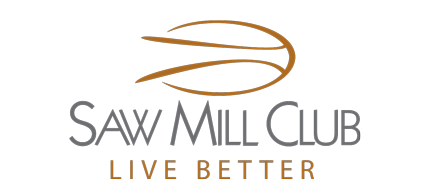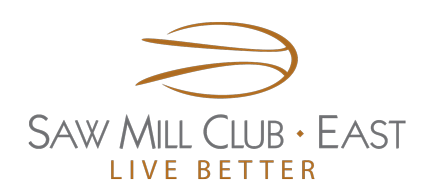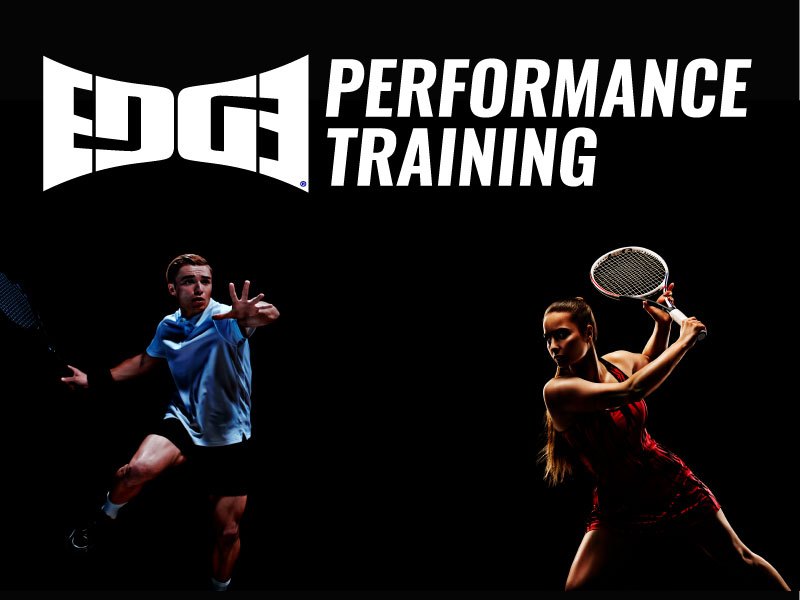Tips to improve posture at your desk
 Have you ever noticed that car commercials always show cars zipping along on rain-swept streets to show off sporty lines and sleek styling? Reality says your car sits a lot—driveways, parking lots, garages—but you never see car ads where the car just sits, forlorn and unnoticed. You see the same thing with ads for exercise equipment or fitness gyms—supple bodies in fast action, glistening sweat highlighting toned muscles. But today’s bodies, like our cars, sit a lot. We sit at home. We sit in our cars. We sit at our office desks. To counteract the bad effects of sitting, you need to train for it. Sitting is tough work!
Have you ever noticed that car commercials always show cars zipping along on rain-swept streets to show off sporty lines and sleek styling? Reality says your car sits a lot—driveways, parking lots, garages—but you never see car ads where the car just sits, forlorn and unnoticed. You see the same thing with ads for exercise equipment or fitness gyms—supple bodies in fast action, glistening sweat highlighting toned muscles. But today’s bodies, like our cars, sit a lot. We sit at home. We sit in our cars. We sit at our office desks. To counteract the bad effects of sitting, you need to train for it. Sitting is tough work!
Step One: Understand the Risks
Poor seated posture migrates into muscle memory. Atrophy will leave you with rounded shoulders, a curved back and aching legs and stiff joints. Poor posture affects you in other ways:
- It conveys a depressed, defeated attitude
- It reduces lung capacity
- It weakens major muscle groups so you are prone to injury when exercising
Step Two: Diagnose
By far most of us sit to do computer and desk work, causing us to hunch our shoulders, tip forward, and jut our heads. You may sit to do assembly-line work, fine-motor tasks such as knitting or sewing, or to read or watch television.
If you find yourself leaning forward at keyboards or screens, you are:
- weakening your back muscles
- collapsing your lungs
- storing tension in your neck
- thrusting your head forward, out of alignment with your spine
- inviting headaches, a sore jaw, worsening vision, and backaches
Step Three: Loosen Up
Interrupt sitting by getting up and stretching whenever possible. When sitting, imagine you are suspended by a wire running through your head and down your spine. Keep everything lined up with that wire. Plant your feet shoulder-width apart and consciously re-stack your back (shift your backbone), imagining each vertebra nesting on the one below. Holding your head on the top of the stack, rotate your head forward to tuck your chin into your chest. Breathe in, expanding your chest as much as you can, and hold as you slowly exhale to a 15-20 count.
After stack-a-back at your chair, add a shoulder blade pinch, trying to make them touch. You can also exaggerate a shrug, trying to get your shoulders up to your ears, and then move them down. Really push your shoulders down, stretching your muscles.
Step Four: Build Up to Sitting
When you rid yourself of stress, tone your muscles and strengthen your body at the gym, don’t neglect your sitting muscles. Yoga is excellent for this, as are stretching exercises and strength training. You have four separate muscles to work on: pectoralis minor, pectoralis major, trapezius and latissimus dorsi.
- Pectoralis minor—This makes your head droop forward, hunching your shoulders. If your pectoralis minor is tight, you need to stretch it gently so it doesn’t pull the scapula (shoulder blade) forward.
- Pectoralis major—This attaches upper armbone (humerus) to the collarbone (clavicle) and breast bone (sternum). If it’s tight, it pulls your shoulders up and forward and juts your head. Strengthen and stretch it as part of an upper-body routine.
- Trapezius—The trapezius balances the forward pull of the pectoralis group. Concentrating on strengthening the trapezius will give you stamina to keep your head erect and in line with your spine.
- Latissimus Dorsi—If tight, it rolls your shoulders forward and down, towards the humerus. Gentle stretches followed by strengthening exercises stabilize and balance these muscles.





